Designing for yourself is hard – no matter what the project. It is especially hard for people (like me) who love all sorts of design styles and who can appreciate a huge variety of wildly different ideas. I suspect you can relate… but let me help you design your own garden with a few tips.
Landscape design is a vast field. There are millions of plants and permutations to put them together. Plus, the architectural options of outdoor design aren’t limited by walls and a roof. And most insanely, it doesn’t sit still – you put it together, and then it takes off and grows and changes all on its own. Designing a landscape can consequently become utterly overwhelming.
When you start to narrow down the options, your planting zone, your personal style, and your ability to take care of things, you will start to narrow the field for choices – at least a little. But these eliminations are usually not enough. You must further narrow things down if you are going to give yourself the full joy of creating a garden that is uniquely and creatively yours.
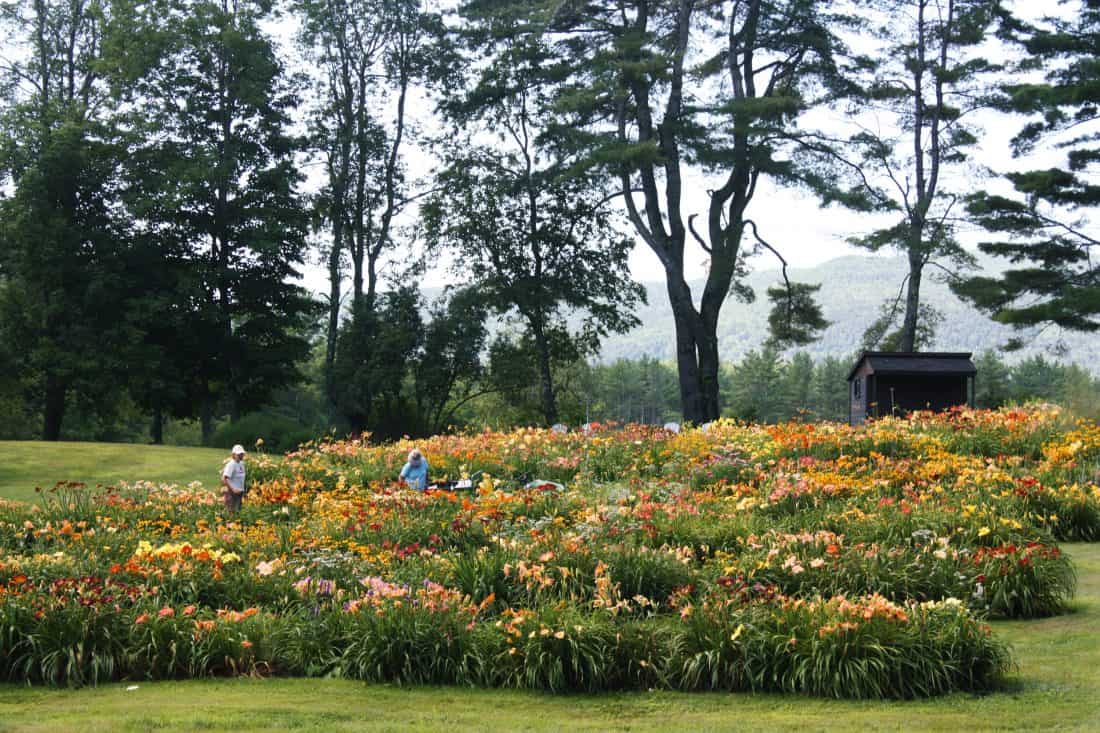
I find it helpful to change your role. Try to think of yourself not as a homeowner or person needing a design solution – but as a curator. Putting yourself into this role (mentally) will give you a certain level of abstraction that can be helpful when designing. It will help to remove emotion and other barriers to creative thinking.
How to think like a curator in the garden?
People who put together displays for museums have a big job, too. They must come up with an idea – and then build a narrative around it and execute it to (hopefully) tell a story or create an event that will educate and entertain people. There are a lot of similarities in creating an enjoyable and exciting garden. You can use curatorial thinking to help you start making your own garden.
…..
Consider Telling a story with your design selections
A garden is a story. Perhaps the narrative is about a color or a material, or maybe there is a more personal thread that runs through the collection. It can be about the history of the land, the plants, the evolution of the place, or just about anything. Aim to impart meaning to your project.
Don’t follow trends – Follow What You Value and Love
Collect only what you love and only what gets you excited or what you think is extraordinary. Don’t do what everyone else is doing; that will never be interesting or special. This might mean building a garden around a unique style or in a fashion that isn’t currently on the cover of magazines… but that is ok. If you are passionate about it – it will show in your results.
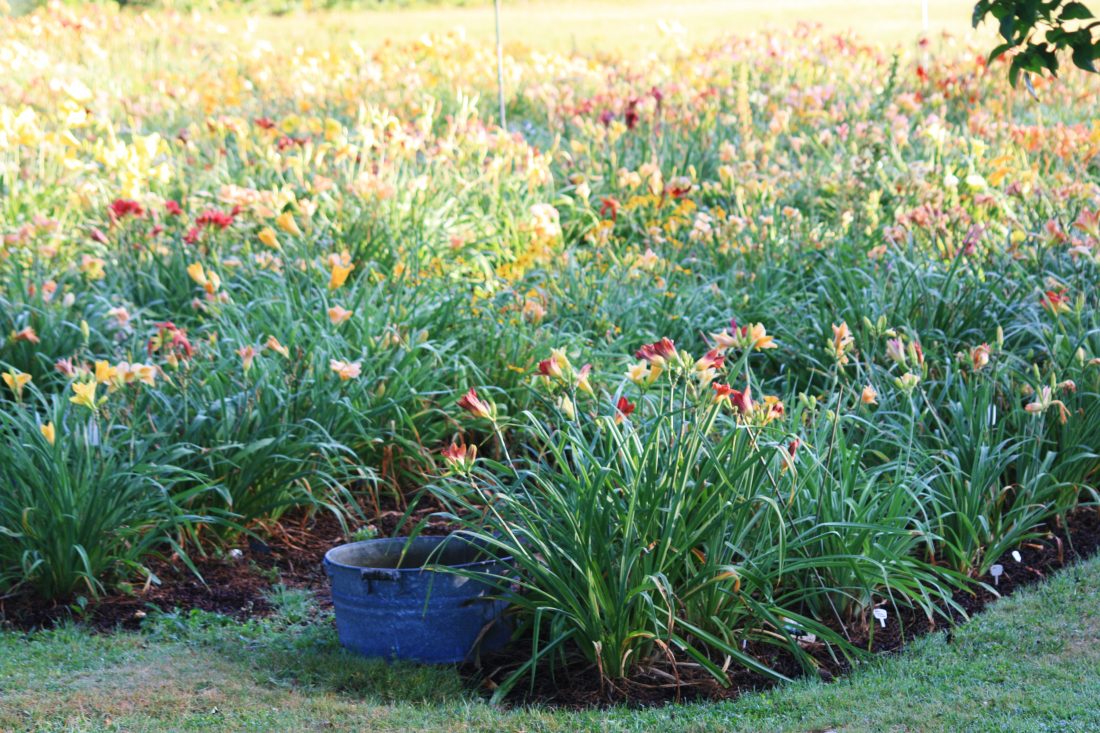
Be Picky and Discerning
Take pride in your garden; seek out the most prized pieces/ plants/ treasures or those that are closest to your ideal. Gardens are like collections; they can quickly get out of hand. Being picky will help keep things to a maintainable and manageable size. Buy what is truly special and invest in what you really want.
Do your research – know your choices and start to specialize
You do not need to know much about gardening to get started, but as you learn about a plant or a method, endeavor to get to know it well – really well.
If you have an idea, go deep into whatever knowledge is needed to do it right or in the most extraordinary way.
If you love hydrangeas (for example) and you want to make a hydrangea garden, get to know hydrangeas well. Study the various varieties, talk to local nursery people about hydrangeas and how to grow them successfully, and experiment to gather your own expertise. By having a depth of knowledge and becoming an expert on hydrangeas, you will see treasures in the hydrangea world that others can’t. You will know what is remarkable, what will work particularly well, and what is a bargain that others don’t recognize. You will also know better than others how to site and plant them, and your garden will begin to benefit from your expertise.
Whatever you are growing or making or creating – go deep – know it implicitly.
Display your curation creatively.
Re-imagine uses for materials. Display art items or plants in a way that is outside of the expected. Gather like with like to make a bigger impact or use architecture to highlight something special. Also, consider transforming elements with paint or other artistic manipulation. This will help others appreciate how special the various elements of your garden are.
Learn more in my garden design basics series:
- Garden Design Basics: Using Shapes to Inspire Your Design
- Garden Design Basics: Play With Scale
- Garden Design Basics: Serpentine Walls
Related Posts:
Images: Rochelle Greayer
Share This Post:
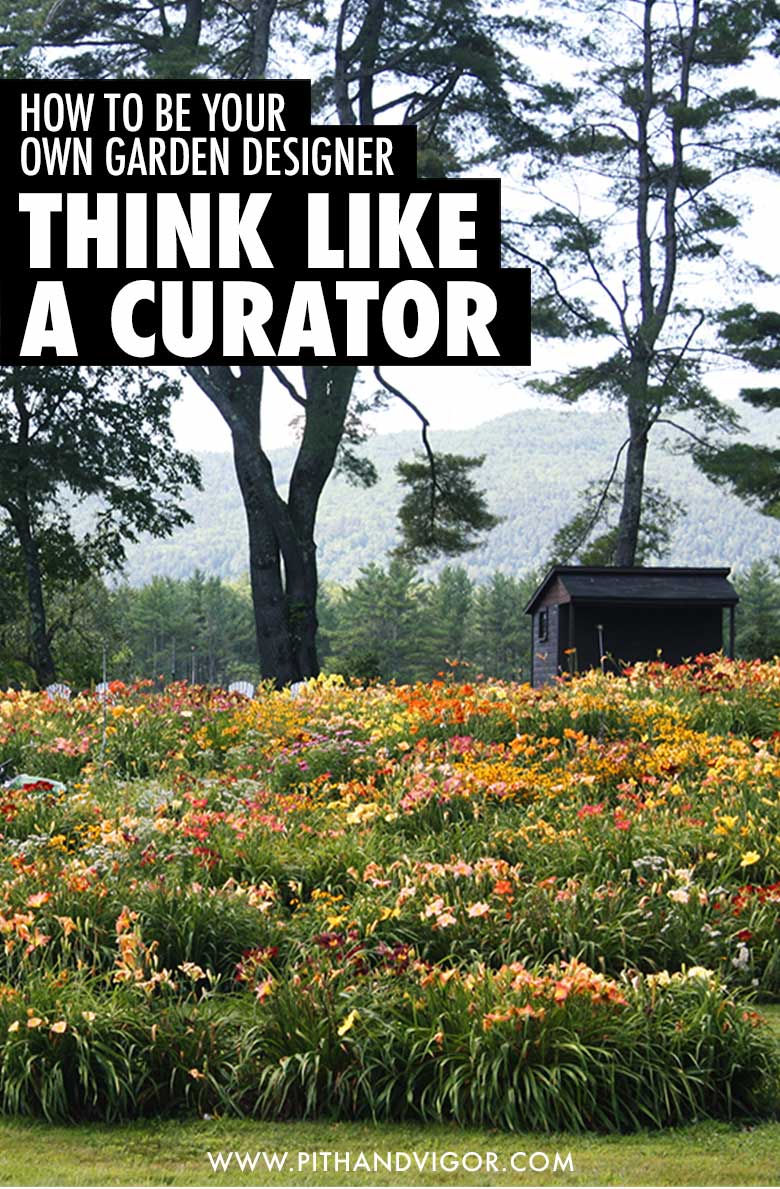
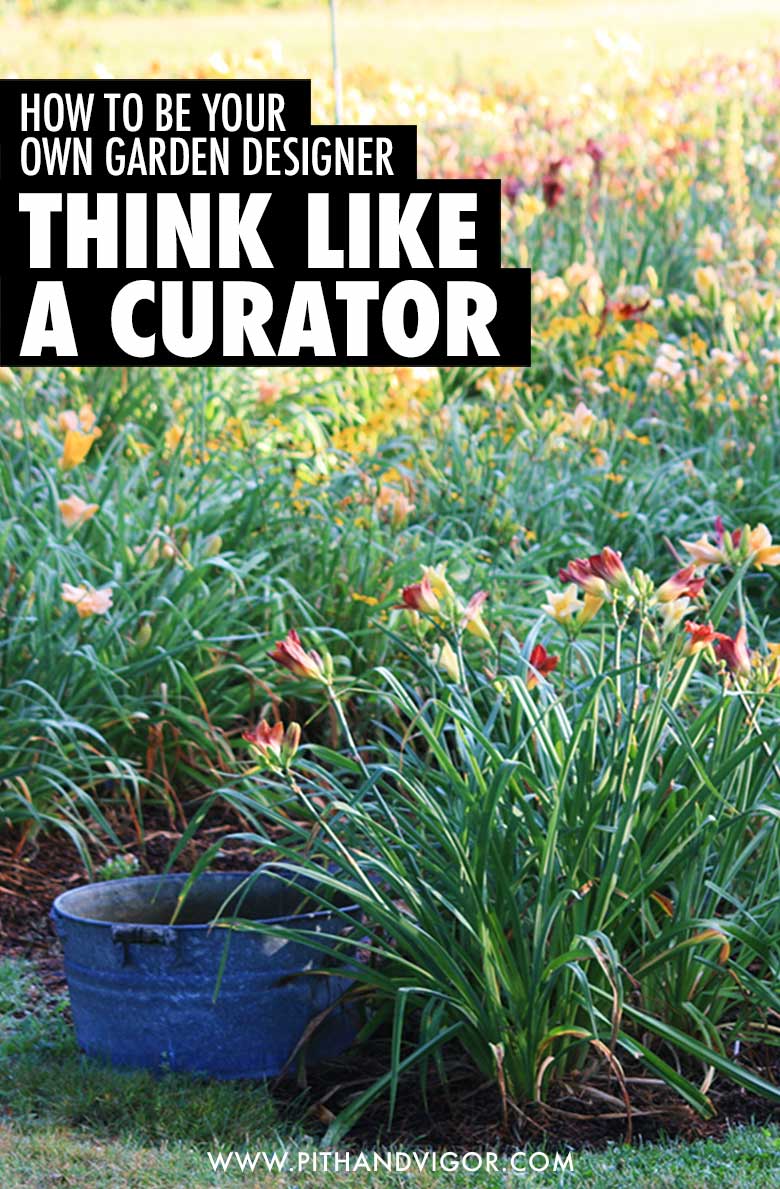
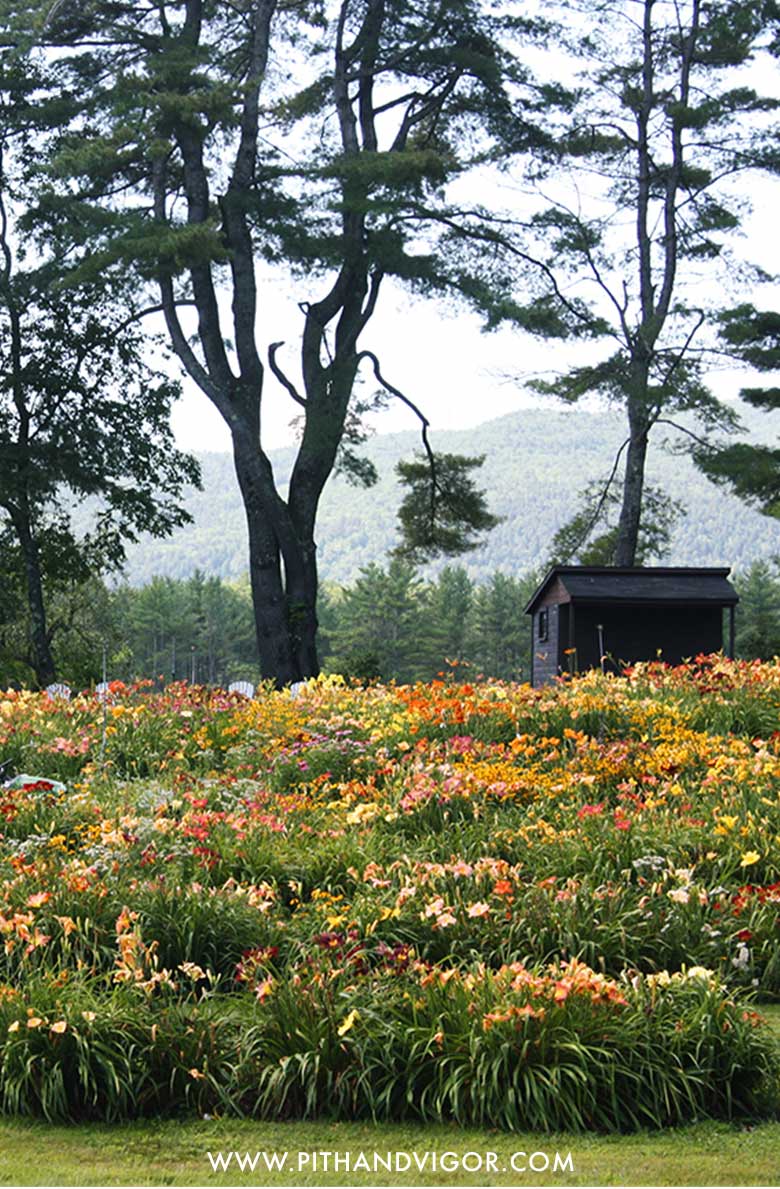
+comments+